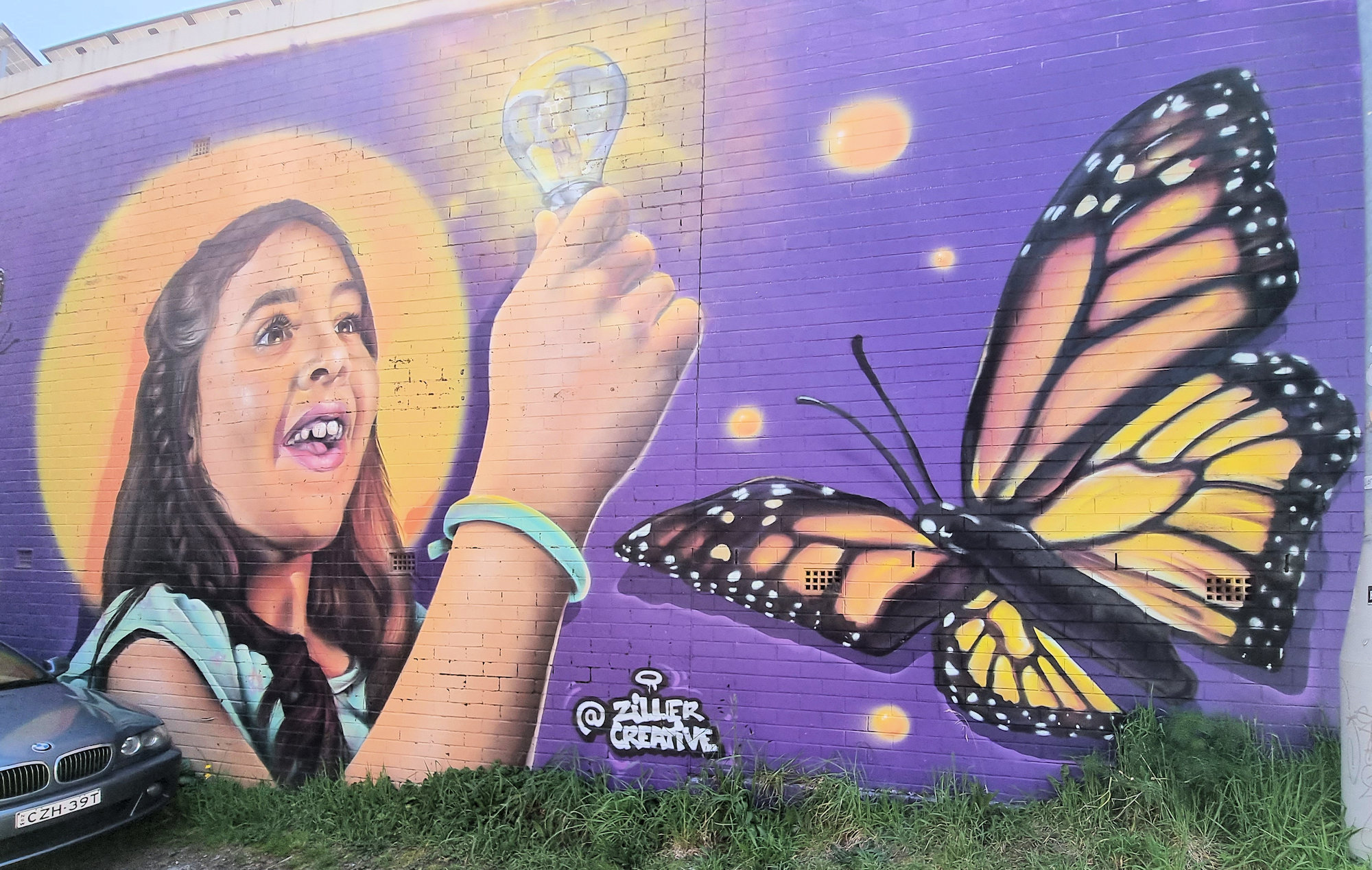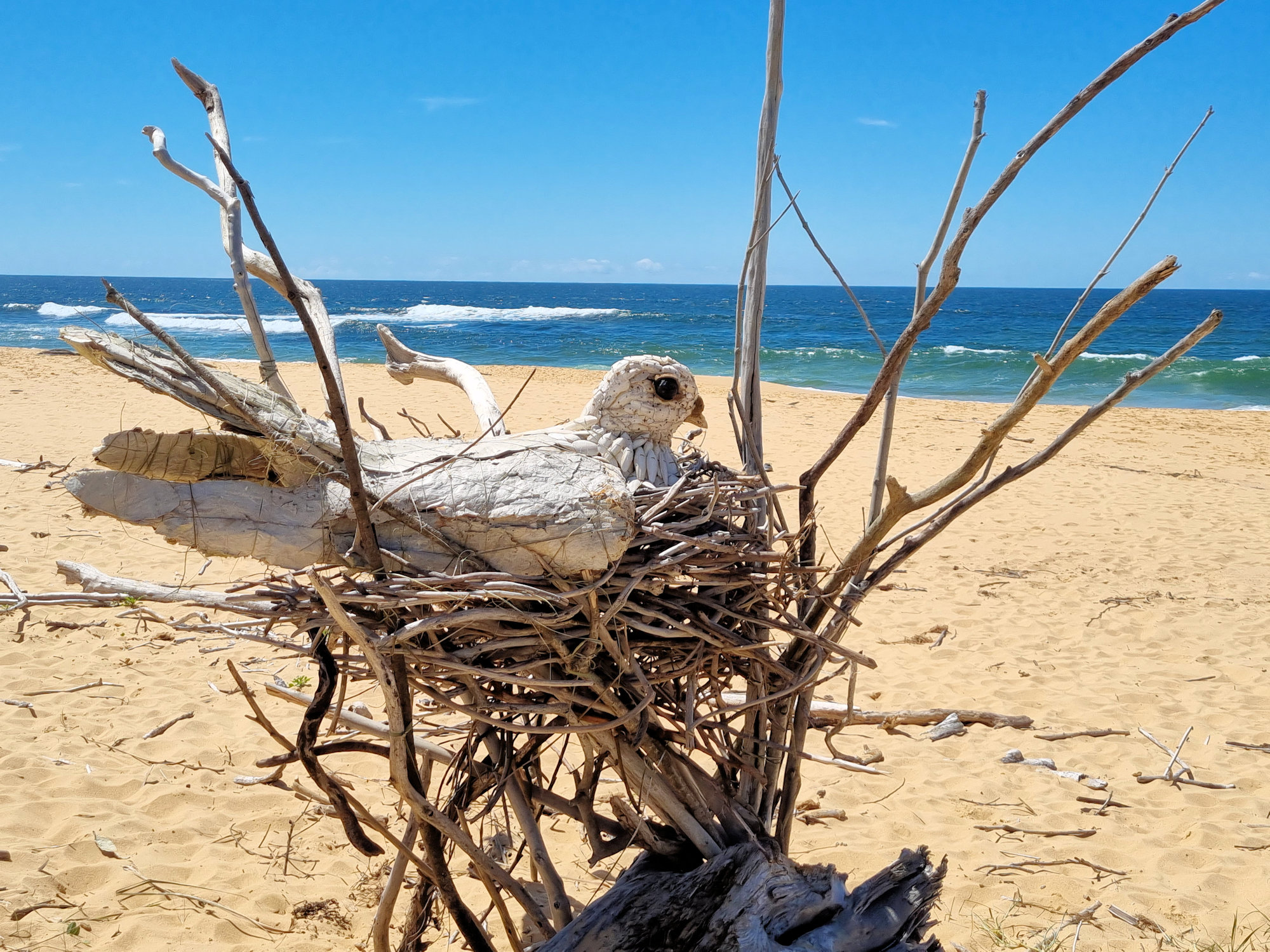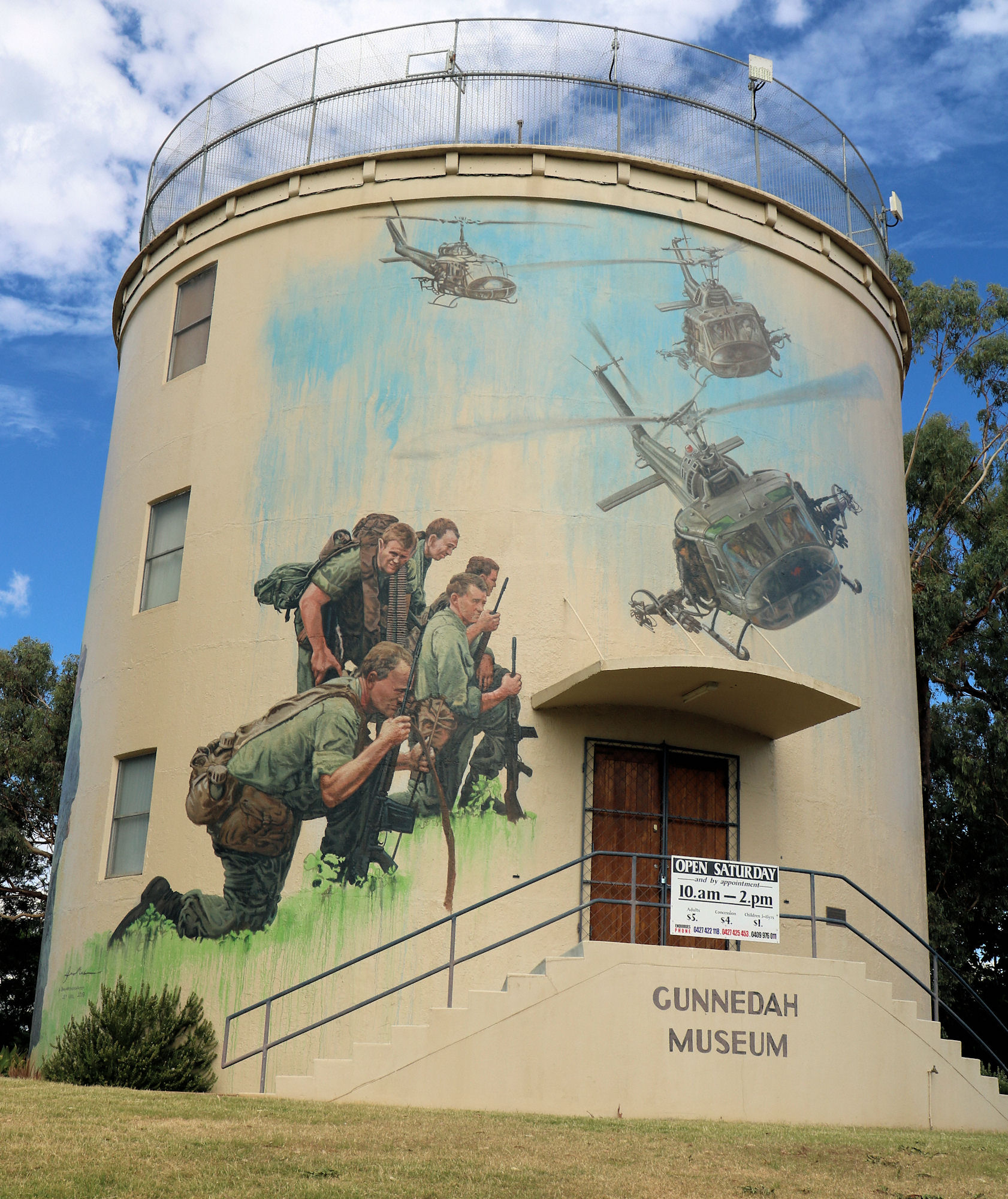Category: Art
-
Katoomba Street Art

Katoomba Street Art An unexpected find while walking through Katoomba were three areas of street art. If you’re looking for something else to do in the Blue Mountains besides admiring the views or bushwalking, this is a great option. Beverly Place The first, located in Beverly Place, is by far the largest, with pieces ranging… Read more
-
Peace Dove Peter Ush

Peace Dove by Peter Ush Located above the high tide mark on Wamberal Beach is a driftwood sculpture Peace Dove by Peter Ush. Built from local driftwood and cuttlefish, it will not last long, so see it soon before nature reclaims it. Wamberal is located on the New South Wales Central Coast around a 90… Read more
-
Gunnedah Water Tower Museum

Gunnedah Water Tower Museum Located near the Dorothea Mackellar Memorial Statue, the Gunnedah Water Tower Museum is a must see if visiting the area. Parking is easy because of the car park near the memorial, or on the road outside. Only open on Saturday from 10 until 2 you need to time your visit ti… Read more